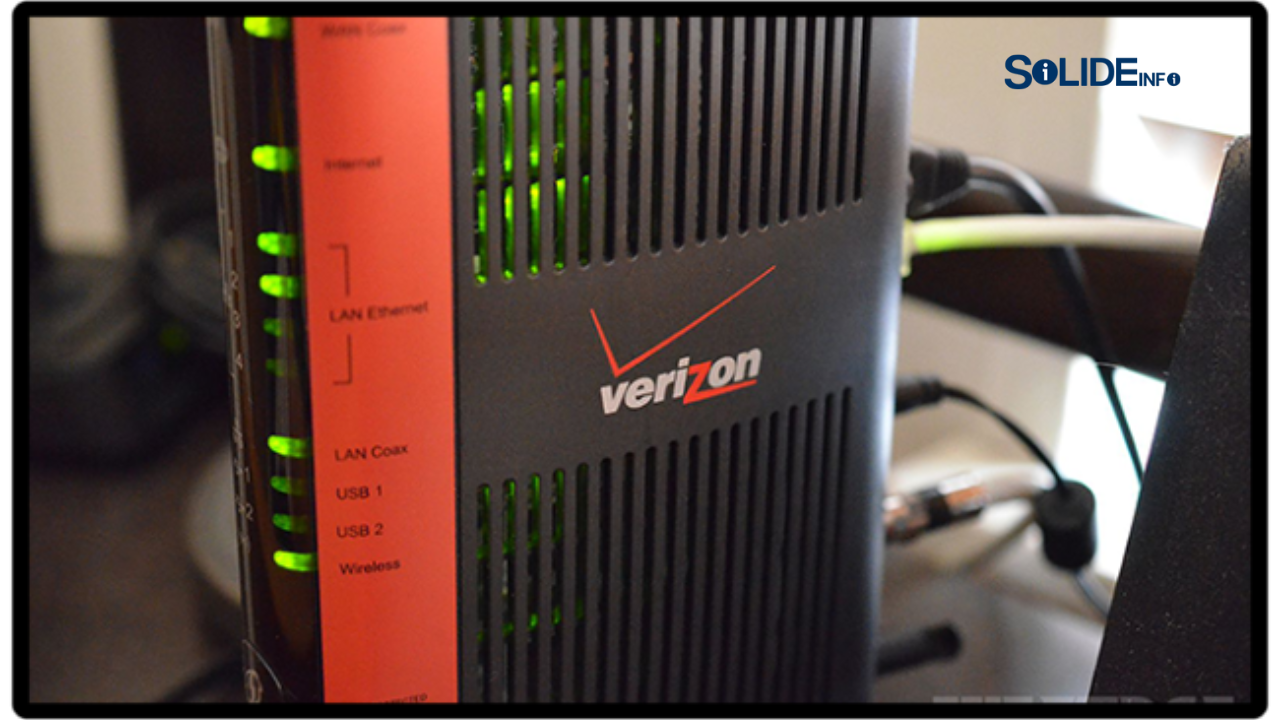Blockchain technology, a cornerstone of the burgeoning web3 ecosystem, is often lauded for its security and transparency. But what exactly makes it so secure? A big part of the answer lies in its sophisticated proof mechanisms. These aren’t just abstract concepts; they’re the fundamental building blocks that ensure the integrity and trustworthiness of the entire Blockchain network. Understanding these proofs is key to understanding the power and potential – and the limitations – of this revolutionary technology. This article will explore some of the most important proof mechanisms used in different types of Blockchains.
Proof-of-Work (PoW)
Proof-of-Work, arguably the most well-known proof mechanism, is the backbone of blockchains like Bitcoin. In a PoW system, miners compete to solve complex cryptographic puzzles. The first miner to solve the puzzle gets to add the next block of transactions to the Blockchain, and they are rewarded with newly minted cryptocurrency. This process requires significant computational power, making it computationally expensive and infeasible for malicious actors to alter the Blockchain’s history. The difficulty of the puzzles adjusts dynamically to maintain a consistent block creation rate, ensuring the network remains secure even as more miners join. However, PoW’s energy consumption is a significant drawback, prompting the exploration of alternative consensus mechanisms. Furthermore, the intense competition for block rewards can lead to centralization, contrary to the decentralized ethos of many Blockchain projects. This is an important topic to consider alongside its benefits and is a hot topic in the broader discussion about cybersecurity and its implications on overall network stability. For more information on Cybersecurity best practices to understand these complexities further, you may wish to visit our cybersecurity section.
Proof-of-Stake (PoS)
Proof-of-Stake offers a more energy-efficient alternative to Proof-of-Work. In PoS systems, validators are chosen to create new blocks based on the amount of cryptocurrency they “stake,” or lock up, in the network. The more cryptocurrency a validator stakes, the higher their chance of being selected to validate transactions and add new blocks to the Blockchain. This approach significantly reduces energy consumption compared to PoW, as it doesn’t require the same level of intensive computation. Furthermore, PoS systems typically have faster transaction times and higher throughput. However, PoS is not without its challenges. There is a potential risk of “nothing-at-stake” attacks, where validators might participate in multiple chains simultaneously, and the amount of cryptocurrency staked can sometimes lead to centralization of power amongst larger stakeholders. For a deeper understanding of the technological advancements driving innovations like PoS, explore the advancements on our technology page. Understanding these complexities is crucial for anyone interested in the future of Blockchain technology and its integration with our increasingly digital world.
Other Proof Mechanisms
Beyond PoW and PoS, other innovative proof mechanisms are emerging within the web3 space. Proof-of-Authority (PoA) relies on a pre-selected set of validators, often trusted entities, to validate transactions. This approach offers high throughput and low latency but sacrifices decentralization to some degree. Similarly, delegated Proof-of-Stake (DPoS) allows token holders to vote for delegates who will then validate transactions and maintain the Blockchain. This provides a balance between efficiency and decentralization. The choice of proof mechanism significantly impacts the characteristics of a Blockchain network, influencing factors such as its security, scalability, energy consumption, and level of decentralization. Exploring the various options and understanding their strengths and weaknesses is crucial for navigating the evolving landscape of Blockchain technology. For additional information on securing your digital assets and managing cyber risks, trusted sources like CISA and IBM Security offer valuable resources and insights.



